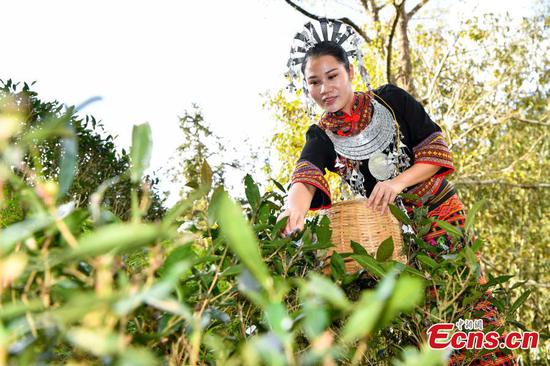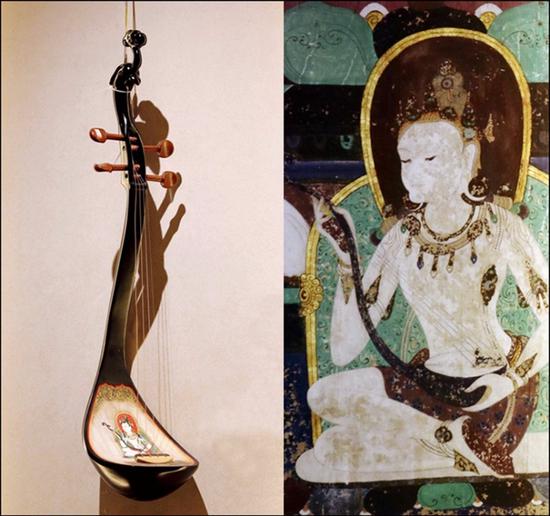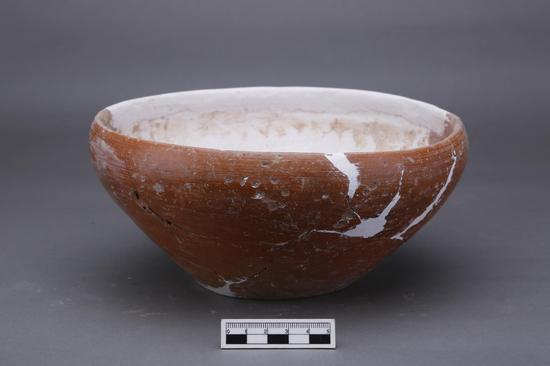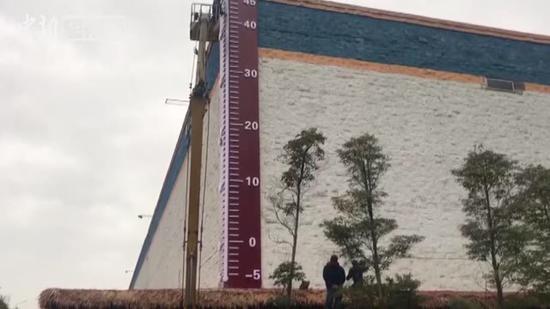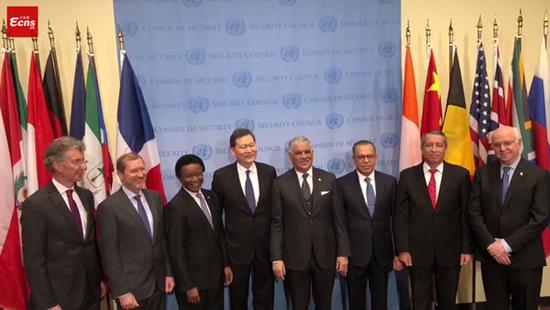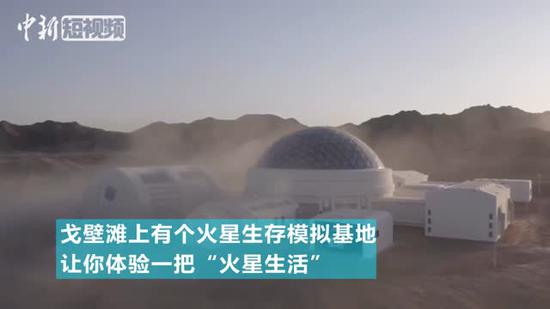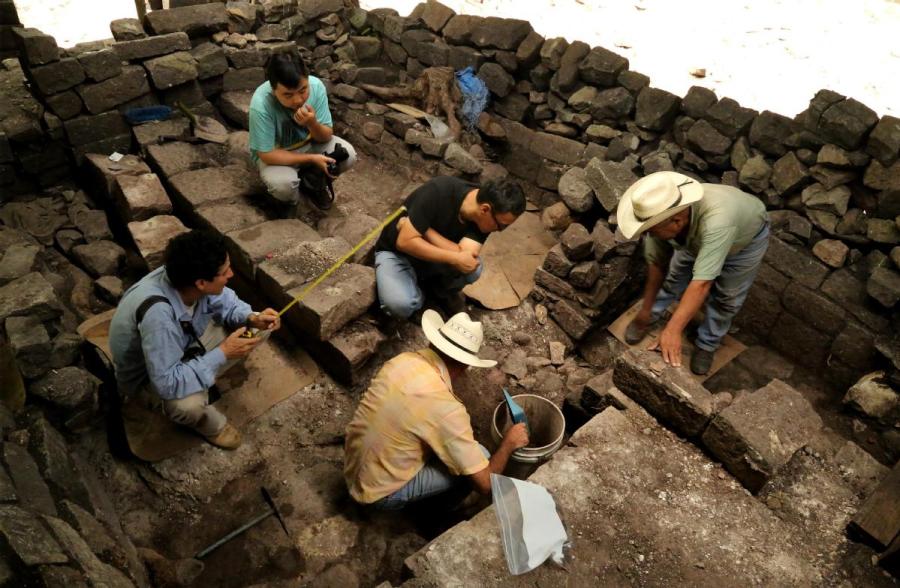
Chinese archaeologists have worked at Copan, a site from the Maya civilization in Honduras, since 2015. (Photo/CHINA DAILY)
Nation's teams contribute to series of joint efforts
The Temple of Montu in Luxor, Egypt, has witnessed the ebb and flow of the Nile for more than 3,300 years
Unlike the nearby Temple of Karnak, which attracts crowds of tourists, the monumental construction dedicated to worshipping Montu-the falcon-headed Egyptian god of war-has seen better days.
Many of the megaliths-the large stones used to build it-have collapsed and lie covered in weeds. The site has never been open to the public.
But for Wang Wei, a veteran researcher at the Chinese Academy of Social Sciences' Institute of Archaeology, the Temple of Montu, built in the 14th century BC, is a place full of hope.
Until Nov. 29, no archaeological research had been carried out at the temple for more than four decades. On that date, a Sino-Egyptian joint archaeological excavation began there. It marked the start of a five-year project created through an intergovernmental agreement between the two countries. The excavation team is comprised of seven Chinese archaeologists and three from Egypt.
The work is scheduled to cover 500 square meters by the end of this year. Technology such as 3D modeling is being used to represent the temple's facade. The process is meant to develop a mathematical representation of a three-dimensional surface of an object using specialized software.
Drones, however, which have been widely used by archaeologists in China for field research, are prohibited in Egypt for safety reasons.
"This brings unexpected challenges for us, but it also encourages us to come up with creative ideas as alternatives," Wang said.
He said his first trip to Egypt "came so late". When he first arrived in the North African nation for an academic exchange in 2016, archaeologists from more than 20 countries were working on 206 projects. Wang was also looking at the possibility of archaeological cooperation between China and Egypt.
"We're late-starters, but there is huge potential in our studies," he said.
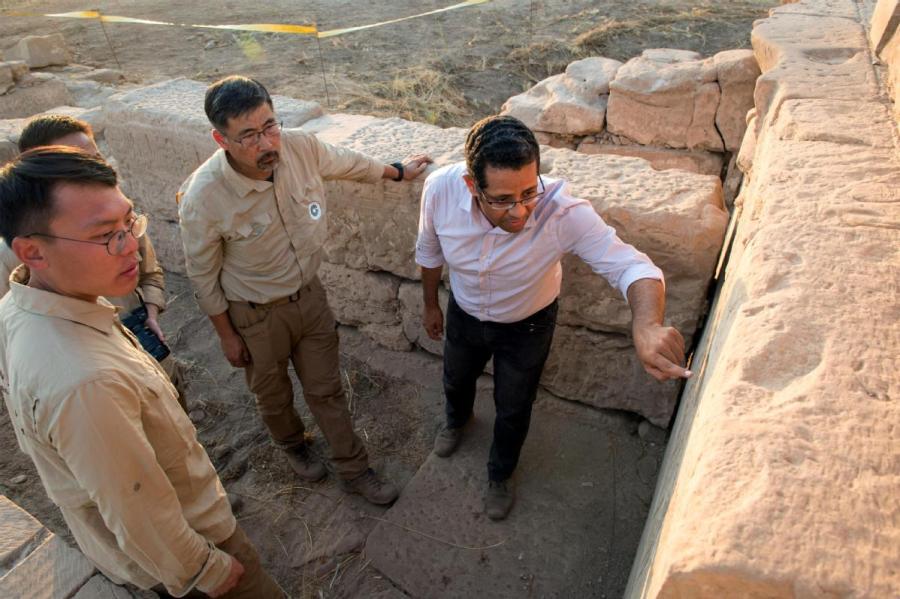
Chinese and Egyptian archaeologists explore the Temple of Montu site, which dates to ancient Egypt's New Kingdom period. (MENG TAO/XINHUA)
As well as excavation work, the Chinese team will partially renovate the temple, which will probably open to tourists at some stage.
"We want to put the stones back to their original position, based on the inscriptions on them. That takes expertise," Wang said.
He added that there are more than 10 established Egyptologists in China, but he is aware that the country is a newcomer to this work. In the two years spent preparing for the excavation, several international symposiums were organized by his institution to update the team on the most recent achievements in the field worldwide
A journalist from the United States once asked Wang, "Why does China want to have archaeologists working in Egypt?" He replied: "You (Westerners) have done work there for 200 years. Why can't we? It's a dialogue between two ancient civilizations."
For Chinese scholars, such overseas projects will benefit their studies at home.
An academic program was started in 2002 to explore early-stage Chinese civilization-searching for its unique characteristics-through comprehensive studies of archaeological sites nationwide.
"However, the more we discussed the topic, the more we felt that we lacked an in-depth understanding of other ancient civilizations," Wang said. "The project in Egypt offers an opportunity for comparative studies."
As a result, the Temple of Montu was chosen. It dates to the New Kingdom period of ancient Egypt, a contemporary of the Shang Dynasty (16th to 11th century BC) in China, which saw the earliest-known written Chinese characters and had a complicated sacrificial and ceremonial system.
"I believe that there will be many achievements (in comparative studies), based on the abundant information we have on the Shang Dynasty," Wang said.
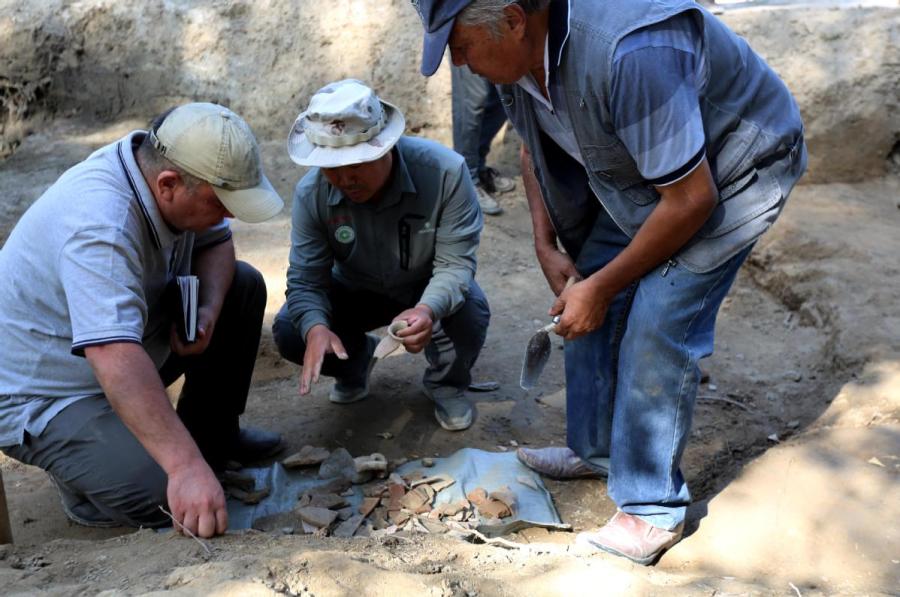
Archaeologists from China and Uzbekistan work at Mingtepa, a 2,000-year-old site in Uzbekistan. (Photo/CHINA DAILY)
Mayan rebirth
Li Xinwei, Wang's colleague at the Institute of Archaeology, has worked at Copan, an archaeological site from the Maya civilization (about 600 BC-AD 1546) in the Central American nation of Honduras, since 2015.
Working in tropical forests, he has had to frequently contend with humidity and poisonous snakes. But this has failed to deter Li from exploring Copan, which had 16 Maya rulers at its peak from the fifth to ninth centuries.
Archaeological research at Copan began in the 1890s, but Li thinks that by joining recent efforts, the Chinese have provided fresh thinking.
He said, "Even in some areas, which have been studied many times, we can discover something that has been neglected."
Li said Chinese methodologies emphasize studies of stratum-a layer of sedimentary rock or soil with consistent characteristics that distinguish it from others-and the development of architecture.
His team is working at a 3,000-square-meter courtyard that was home to a Mayan aristocrat.
Li said that in this ancient civilization it was believed that buildings had lives that needed to be reborn. Consequently, an old house would be demolished after being used for some time-even it was in good condition-and was replaced by a new one.
"We cannot demolish the surviving construction to study the foundations, so we frequently dig tunnels under it as part of our work," he said.
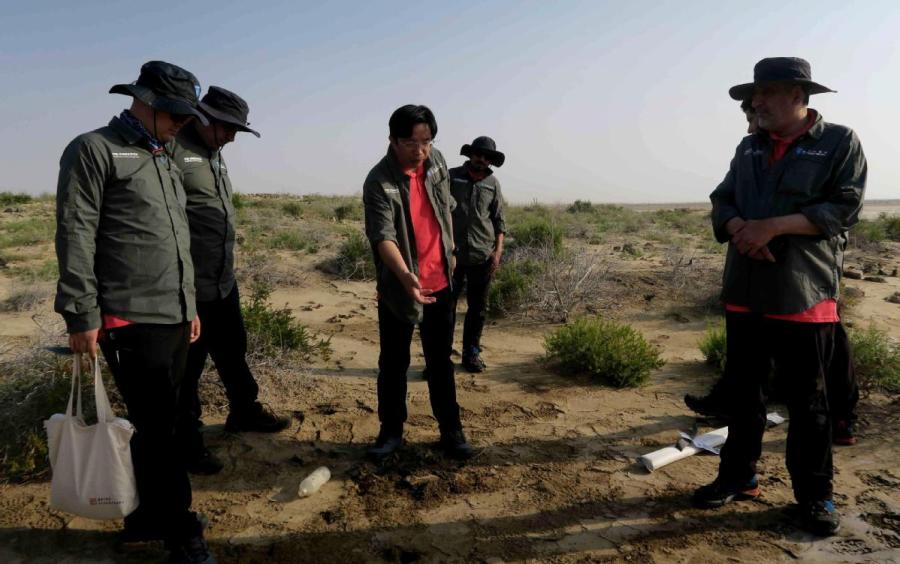
Excavation work by archaeologists from China and Saudi Arabia is continuing at the port ruins of al-Serrian, near Mecca. (WANG JI/XINHUA)
Last year, as a result of this work underground, Li was able to piece together how houses had stood on the western side of the courtyard, matching his earlier findings of those on the northern side.
"It's unprecedented to have such complete first-hand information on a single family residence in Copan," he said.
Last year, Li also found some signs on the courtyard wall that indicated a passage leading to the "underworld" in Mayan mythology. In 2017, a similar discovery illustrated the death and reincarnation of a Mayan maize god through a wall relief, only previously known to be painted on pottery.
Some newly unearthed articles for daily use may show that the courtyard owners had close links with the royal family.
As with Wang's work in Egypt, Li said the Copan project has offered reference points for comparisons between the Mayan and Chinese civilizations, which have many similarities.
For example, the moon goddess in Mayan mythology is accompanied by a rabbit, serving as a reminder of the Chinese moon goddess Chang'e. The image of a feathered serpent, which frequently appeared in Mayan cultural relics, looks similar to a Chinese dragon, while a common belief in the magical power of jade also made it widely admired among ancient nobles from both civilizations.
"The early-stage settlers in the Americas migrated from Northeast Asia about 15,000 years ago," Li said. "That means we share the same ancestors in the late Paleolithic period (from about 2.7 million to 10,000 years ago). Some key religious beliefs may had been formed then and were inherited by the Maya people and Chinese.
"In some Maya shamanist rituals, priests and rulers had 'dialogues' with ancestors while they were in a trance, very like our prehistoric practices. Further studies will increase our understanding of early Chinese civilization."
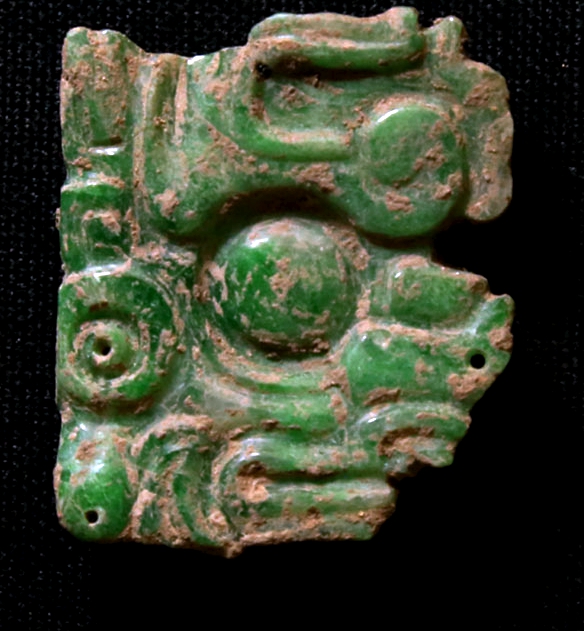
Jade objects unearthed at the Copan site in Honduras. (Photo/CHINA DAILY)
Silk Road landmarks
The connection between the ancient Chinese and Mayan civilizations may still be a little unclear, but China's recent archaeological programs in Central Asia have shed new light on different civilizations along the Silk Road, the ancient network of trade routes connecting east and west.
Mingtepa, a 2,000-year-old site in Uzbekistan, stands as an example of the prosperity to be found along the route, which in the Han Dynasty (206 BC-AD 220) stretched west from Chang'an, the present-day site of Xi'an, capital of Shaanxi province.
Since 2012, archaeologists from China and Uzbekistan have confirmed that the Mingtepa site in the Fergana Valley covered 3 square kilometers.
Liu Tao, an associate researcher at the Chinese Academy of Social Sciences' Institute of Archaeology, said the Mingtepa site has a large complex of high earthen platform foundations, city walls, gates, streets, remains of handicraft workshops and tombs.
"Since they are the largest city remains in the Fergana Valley from this time, they are probably those of the capital city of Dayuan," Liu said.
Dayuan was an ancient state with Greek influences that was mentioned in several key historical records of the Han Dynasty, including Records of the Grand Historian, also known as Shiji. The state's links with the Han Dynasty are now emphasized by academics, as they mark some of the earliest contacts between Western and Chinese civilizations.
"But we still need further findings as evidence," Liu said.
In Uzbekistan and Tajikistan, scholars from Northwest University in Xi'an have researched the sites of 2,000-year-old graveyards along the western edge of the Tianshan Mountains.
Liang Yun, an archaeology professor at the university, said discoveries at these sites last year indicate their links with the Yuezhi, an ethnic group that migrated from present-day Gansu province in West China. They later conquered Bactria, in what is now Afghanistan, and established the Kushan Empire.
These people played an important role on the Silk Road and also contributed to the introduction of Buddhism to China. A newly discovered statuette of the Sphinx and some jewelry in Uzbekistan by Liang's team show that there were trade connections with regions as far away as the Black Sea.
Similar projects are taking place in Kazakhstan.
In 2014, Silk Roads: the Routes Network of the Chang'an-Tianshan Corridor, which includes 22 sites in China, eight in Kazakhstan and three in Kyrgyzstan, was listed as a World Heritage site by UNESCO.
Yan Yalin, director in charge of archaeology at the National Cultural Heritage Administration, said: "In-depth research on the Silk Road has made traveling abroad along the route a must for Chinese archaeologists. It will promote the development of academic studies in China."
Chinese archaeologists have also attempted to better protect heritage outside of their specialist area of expertise.
In Kazakhstan, a program has been launched to improve management of Silk Road-related World Heritage sites, while the project at Mingtepa will possibly lead to another Silk Road destination being added to this list.
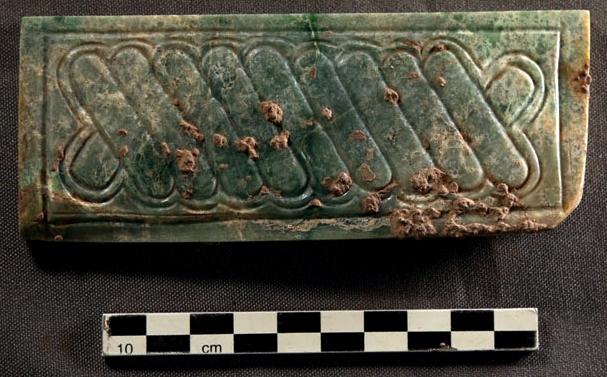
Jade objects unearthed at the Copan site in Honduras. (Photo/CHINA DAILY)
Eyeing the globe
Since 2016, Chinese archaeologists from nearly 30 academic institutions, universities and museums nationwide have taken part in 40 cross-border projects, in cooperation with 24 countries, according to the National Cultural Heritage Administration.
For example, by last year scholars from Sun Yat-sen University in Guangzhou, capital of Guangdong province, had completed four major excavations on early-stage relics at the Sea of Galilee in Israel.
Experts from Nanjing University in the Jiangsu provincial capital have been involved in the long-term and comprehensive excavation of relics spanning more than 6,000 years in Iran. They have also helped with efforts to build a museum to display the relics.
Excavation work by archaeologists from China and Saudi Arabia is continuing at the port ruins of al-Serrian, near Mecca.
Archaeologists from the National Center of Underwater Cultural Heritage have unearthed the site's trade links with China from the ninth to 13th centuries through the Maritime Silk Road. Saudi Arabia's first licensed underwater archaeologist was also trained as part of this program.
Song Xinchao, deputy director of the National Cultural Heritage Administration, said: "From Egypt, the Mayan civilization, to the Silk Road, these projects fully demonstrate Chinese archaeologists' capacity for research. Our methodologies are better understood and our expertise is being honed."
Li, from CASS, said seven Chinese students have taken part in a cooperative training program between China and the United States at Harvard University for the Copan project. As a result, Li expects more young Chinese scholars will be encouraged to join research work in Central America.
Song said: "Cooperative archaeological work also contributes to the big picture of our country's diplomacy. Under China's efforts to promote a shared community of mankind-the Belt and Road Initiative-archaeologists play important roles."
Song added that the hard work of many Chinese archaeologists has been greatly admired by their overseas counterparts, which will improve people-to-people connectivity.
Li has been taking Spanish lessons during his spare time in Honduras.
"It is a way to improve my communication with the locals," he said, adding that he had been impressed by friendly residents near the Copan site who offer him a great deal of help each day.
"Learning the language also shows my determination and sincerity," he said. "This is not a short-term assignment-I want to steadily continue progressing."










